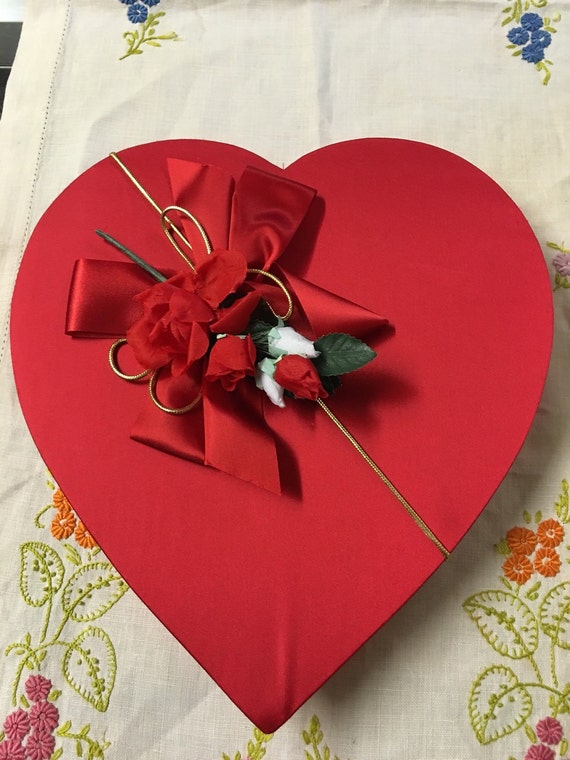

The track then was remixed by engineer Scott Litt. While Cobain liked the instrumentation and vocals, he wanted the song remixed prior to its release. And the final version for In Utero was tracked a month later by Steve Albini in Cannon Falls, Minnesota. Nirvana recorded a demo of the song in January of 1993 with Craig Montgomery in the BMG Ariola studios in Rio de Janeiro, Brazil. But finally, when the band did come up with an ending, thanks to a vocal melody Cobain summoned, he says, “We finally realized that it was a good song.” “I was trying to wait for and to come up with something but it just turned into noise all the time,” said Cobain. But for some time it wasn’t working out in jam sessions. Nirvana had a hard time finishing “Heart-Shaped Box.”īringing the demo to the group, Cobain wanted bassist Krist Novoselic and drummer Dave Grohl to finish the track with their own parts. It’s said, though, that Cobain had originally titled the song, “Heart-Shaped Coffin.” Cross, Love and Cobain shared a songwriting journal and her writing sensibilities rubbed off on him, especially so on “Heart-Shaped Box.” The song’s title came from such a box that Love had given Cobain. Allegedly, she asked Cobain if she could use the riff for one of her songs, to which he answered: “Fuck you!” and closed the closet door.Īccording to biographer Charles R. Love said in a 1994 interview with Rolling Stone that she overheard her husband working on the song’s central riff in a closet. As legend has it, he forgot about the song for a period but began working on it again when he and his wife, Courtney Love, moved to a new house in the Hollywood Hills. 1 on the Billboard Modern Rock Tracks chart and hit the top-10 in countries like Portugal and the U.K.Ĭobain wrote “Heart-Shaped Box” in the early part of 1992. Despite no physical release, “Heart-Shaped Box” reached No. Prior to the release of In Utero, Cobain had been somewhat M.I.A., dealing with drug addiction and the severe perils of being perhaps the most famous person on Earth.Īt the time, there was a great deal of speculation if Nirvana would even write a new record. as they worried that it might damage album sales. The band’s record company did not release a physical single in the U.S.

The track was the lead single from the band’s third (and final) LP. The track, which was produced by Steve Albini-who has also worked with Pixies, Jimmy Page, and Robert Plant throughout his career, was released on Nirvana’s third album, In Utero, which came on the heels of maybe the most famous album of all time, the band’s sophomore offering, Nevermind. and released later that summer on August 30, “Heart-Shaped Box” is famous for its picked guitar lick and songwriter Kurt Cobain’s growl. Recorded in February 1993 in Cannon Falls, Minnesota. "Heart-Shaped Box" was the last song Cobain performed live with Nirvana, on Main Munich, Germany.Here we will dive into the song’s origins, meanings, impact, and history. The music video, directed by Anton Corbijn, garnered critical plaudits, and won two awards, including Best Alternative Video at the MTV Video Music Awards in 1994. The single made the top 10 in several countries, Portugal, the United Kingdom, Ireland, Finland and New Zealand, and the top 40 in numerous other countries. Though Nirvana's record company DGC Records did not release a physical single in the United States, fearing it might damage album sales, "Heart-Shaped Box" received much American radio airplay, reaching number one on the Billboard Modern Rock Tracks chart. It was one of two songs from the album mixed by Scott Litt to augment the original production by producer Steve Albini. It was released as the first single from Nirvana's third and final studio album, In Utero, in 1993, and appears as the third track. "Heart-Shaped Box" is a song by American rock band Nirvana, written by vocalist and guitarist Kurt Cobain.


 0 kommentar(er)
0 kommentar(er)
